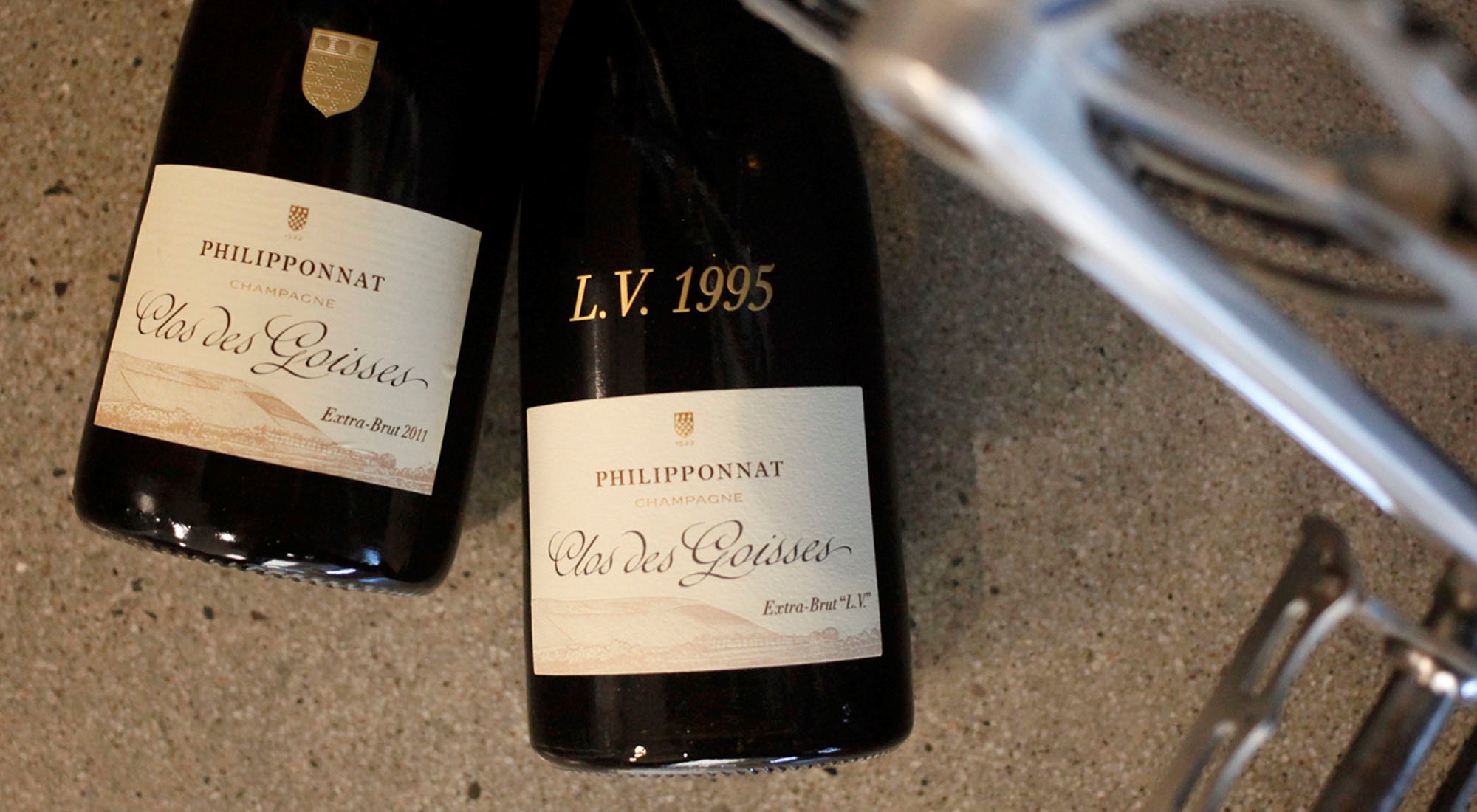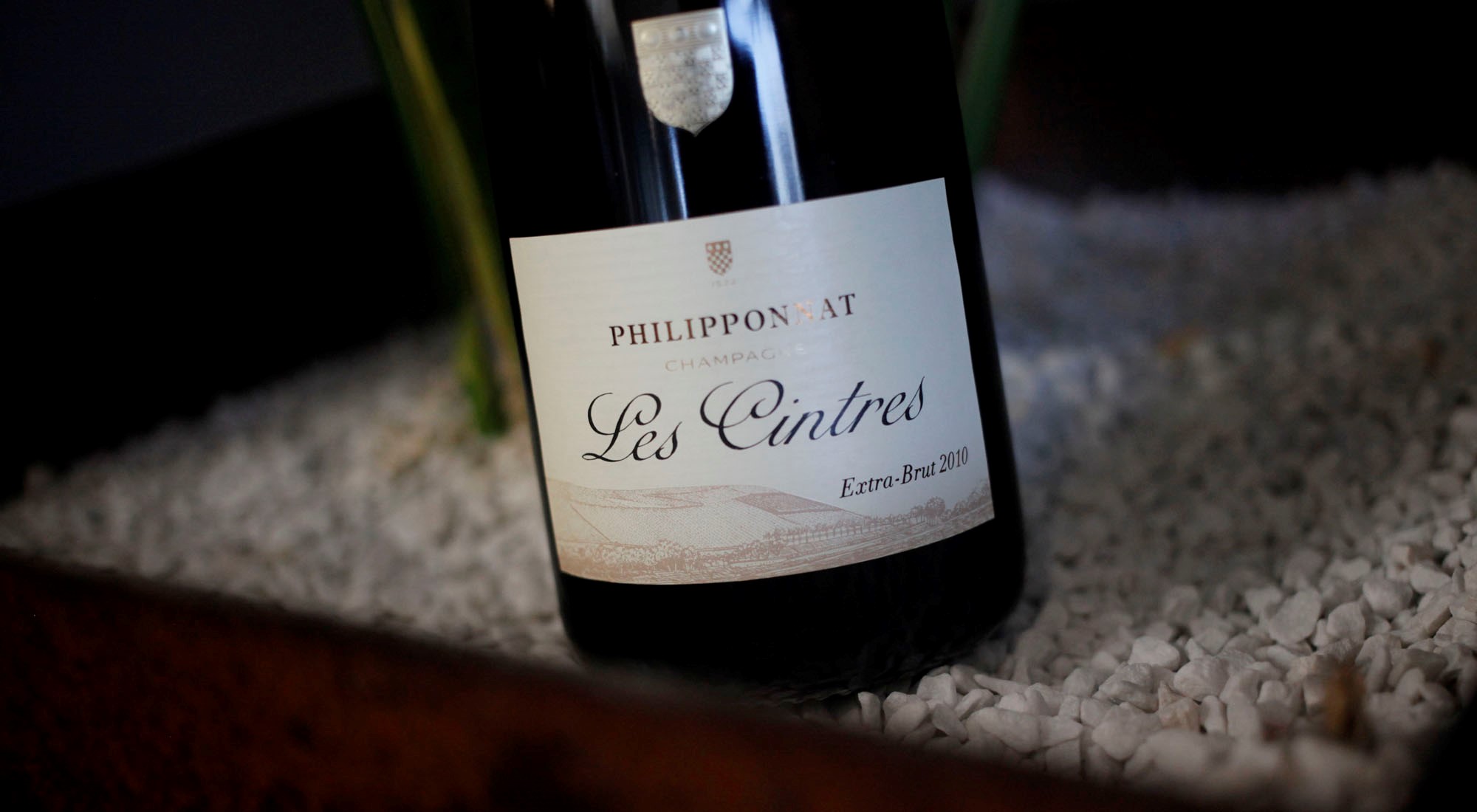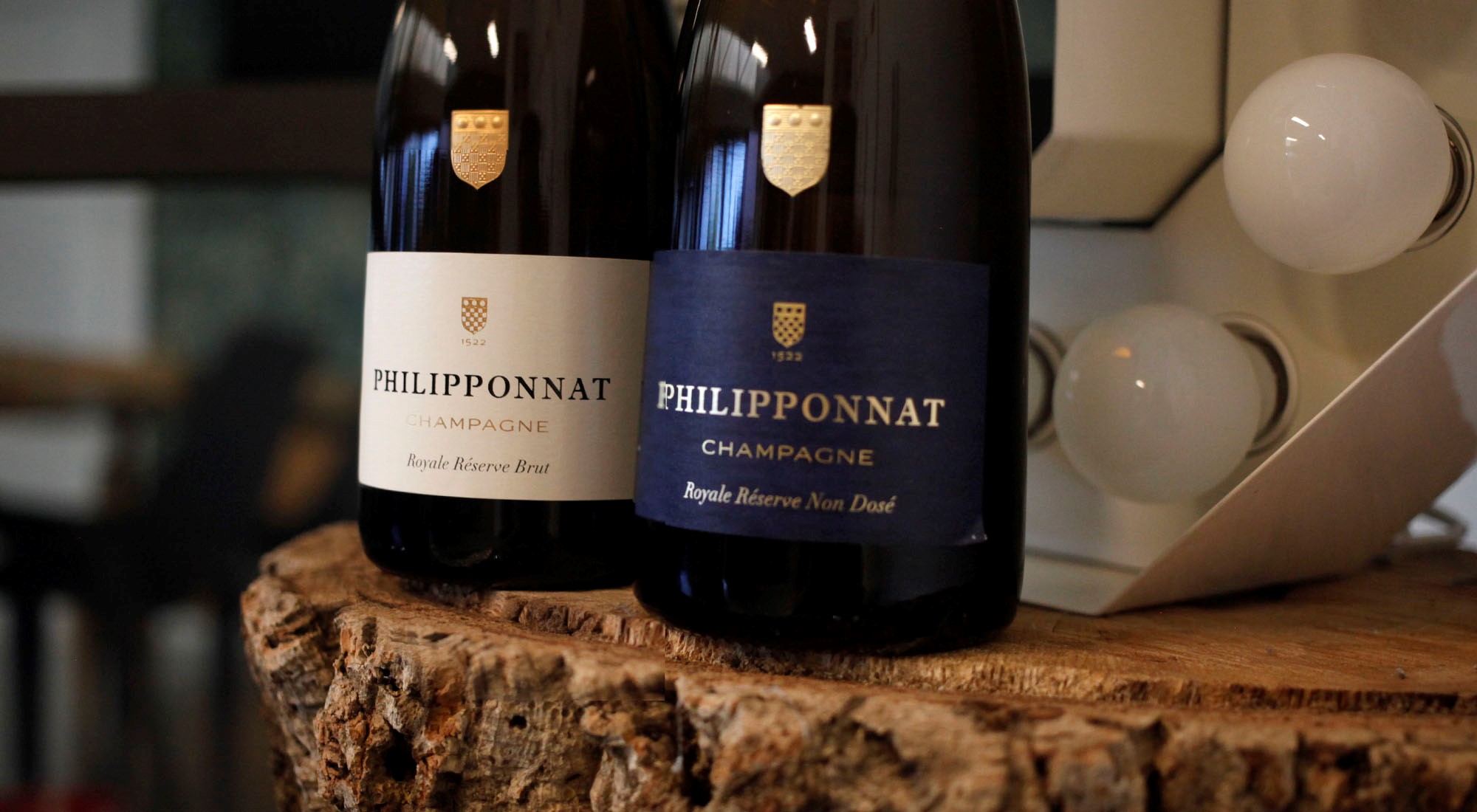It is in 1522 that the Philipponnat family begins its rise in the land of Champagne and this year the Maison celebrates its 500 years of history by securing the primacy of the most historic Maison in Champagne, thanks also to the presence of Charles Philipponat, the 16th generation of the family, in the board of the Company. Over the centuries, generation after generation, the Maison Philipponnat has been the custodian of a unique savoir-faire, a family legacy of knowledge and skills of inestimable added value, handed down over time and recognized throughout the world. The origins of the Maison date back to Apvril le Philipponnat, owner of vineyards in the locality "Le Léon", between Ay and Dizy, who were succeeded, throughout the 16th century, by the ancestors of the family, mostly winemakers and shopkeepers, suppliers of Louis XIV and highest institutional offices of Ay city.
Charles Philipponnat created Champagne Extra Brut Cuvée 1522 Millésime 2013 to commemorate the year in which the Philipponnat family settled in Aÿ. Blending of 70% Pinot Noir and 30% Chardonnay respectively from the Grand Crus vineyards of Ay and Oger, some of the wines are vinified in wood and malolactic fermentation is not done, to preserve all the freshness of the wine and allow it to acquire greater complexity. Aging on the yeasts for about eight years for this magnificent cuvée of surprising freshness.
There are 20 vineyards owned by Maison Philipponnat concentrated in the Grands Crus and Premiers Cru in Ay, Mareuil-sur-Ay and Avenay, including the prestigious Clos des Goisses, a 5.5 hectare vineyard that extends over a steep hill of pure chalk, facing south and from which the homonymous Champagnes are born, object of desire of the most passionate.

Champagne Extra Brut Clos des Goisses L.V. 1995, is a unique and extraordinary Champagne, a rare pearl of only 311 bottles, the fruit of the 1995 vintage. L.V. - Long Vieillissement refers to the long stay on the yeasts, in this case 24 years, jealously guarded in the “Caveau du Trésor”, that part of the cellar where the oldest vintages of the Clos des Goisses are kept. The long aging does not determine the typical oxidative characteristics, on the contrary this Champagne is refined, elegant, of great vitality and freshness, a perfect and balanced evolution between smell and taste.
Maison Philipponnat still retains its family character, despite being part of the Lanson Group - BCC (Boizel Chanoine Champagne) since 1997, one of the largest Champagne groups after LVMH and Vranken-Pommery Monopole. Charles Philipponnat, at the helm of the Maison since 1999, is careful to transmit Philipponat's values by promoting important changes both in terms of image and production and stylistic choices. It is to him, for example, that we owe the unpublished and controversial Champagne Extra Brut Clos des Goisses 2011, a Blanc de Noirs 100% Pinot Noir, a real revolution among the previous editions of the Clos de Goisses, in which the Chardonnay was the protagonist. In the heart of the Clos des Goisses, the "lieu-dit" Les Cintres represents the deepest expression of this exceptional terroir. Champagne Extra Brut Les Cintres 2010 with its extraordinary freshness and aromatic richness is a Pinot Noir in purity, the fourth edition of the “Les Parcellaires” line after that of 2006, 2008 and 2009. The 2010, result of a particularly difficult vintage in Champagne, is characterized by a fermentation entirely in wood without malolactic fermentation and aging for 9 years on the yeasts. A powerful and refined Champagne.
In the heart of the Clos des Goisses, the "lieu-dit" Les Cintres represents the deepest expression of this exceptional terroir. Champagne Extra Brut Les Cintres 2010 with its extraordinary freshness and aromatic richness is a Pinot Noir in purity, the fourth edition of the “Les Parcellaires” line after that of 2006, 2008 and 2009. The 2010, result of a particularly difficult vintage in Champagne, is characterized by a fermentation entirely in wood without malolactic fermentation and aging for 9 years on the yeasts. A powerful and refined Champagne.
For the elaboration of its wines, Philipponnat uses the first pressing, "the cuvée", preferring the solera method with vin de réserve stored in oak barrels, in order to keep in each bottle a recognizable trace of the vintage assembled from the beginning. Tradition, experience, intuition, this is the savoir-faire handed down over time by the Maison's Chefs de Cave.
A good practice of the Maison Philipponnat is to indicate on the back label the "base vintage" that composes the non-vintage cuvées, the dosage and the disgorgement date, in order to define and transmit the identity of each cuvée produced.
 Among the non-vintage cuvées, Champagne Royale Réserve is one of the symbolic Champagnes of the Maison, a tribute to the historical memories of Philipponnat family. Result of the traditional blend of Pinot Noir (65%), Chardonnay (30%) and Meunier (5%) grapes, this Champagne is produced from at least 25 different wines of which 25-35% vins de réserve preserved in wood with solera method and refines on the yeasts for about three years. This cuvée, in which Pinot Noir clearly prevails, reveals the essence of the character of the Mareuil-sur-Ay territory: a beautiful balance between structure, length of tasting and vinosity. Same blending and traditional vinification for Champagne Royale Réserve Non Dosé, a cuvée that reveals all the organoleptic qualities of the base wine thanks to the total absence of sugar and offers a delicate combination of precision and aromatic balance with notes of lemon and orange peel , minerality and vinosity. A striking and authentic expression of Philipponnat style.
Among the non-vintage cuvées, Champagne Royale Réserve is one of the symbolic Champagnes of the Maison, a tribute to the historical memories of Philipponnat family. Result of the traditional blend of Pinot Noir (65%), Chardonnay (30%) and Meunier (5%) grapes, this Champagne is produced from at least 25 different wines of which 25-35% vins de réserve preserved in wood with solera method and refines on the yeasts for about three years. This cuvée, in which Pinot Noir clearly prevails, reveals the essence of the character of the Mareuil-sur-Ay territory: a beautiful balance between structure, length of tasting and vinosity. Same blending and traditional vinification for Champagne Royale Réserve Non Dosé, a cuvée that reveals all the organoleptic qualities of the base wine thanks to the total absence of sugar and offers a delicate combination of precision and aromatic balance with notes of lemon and orange peel , minerality and vinosity. A striking and authentic expression of Philipponnat style.
Discover here the Philipponnat collection
